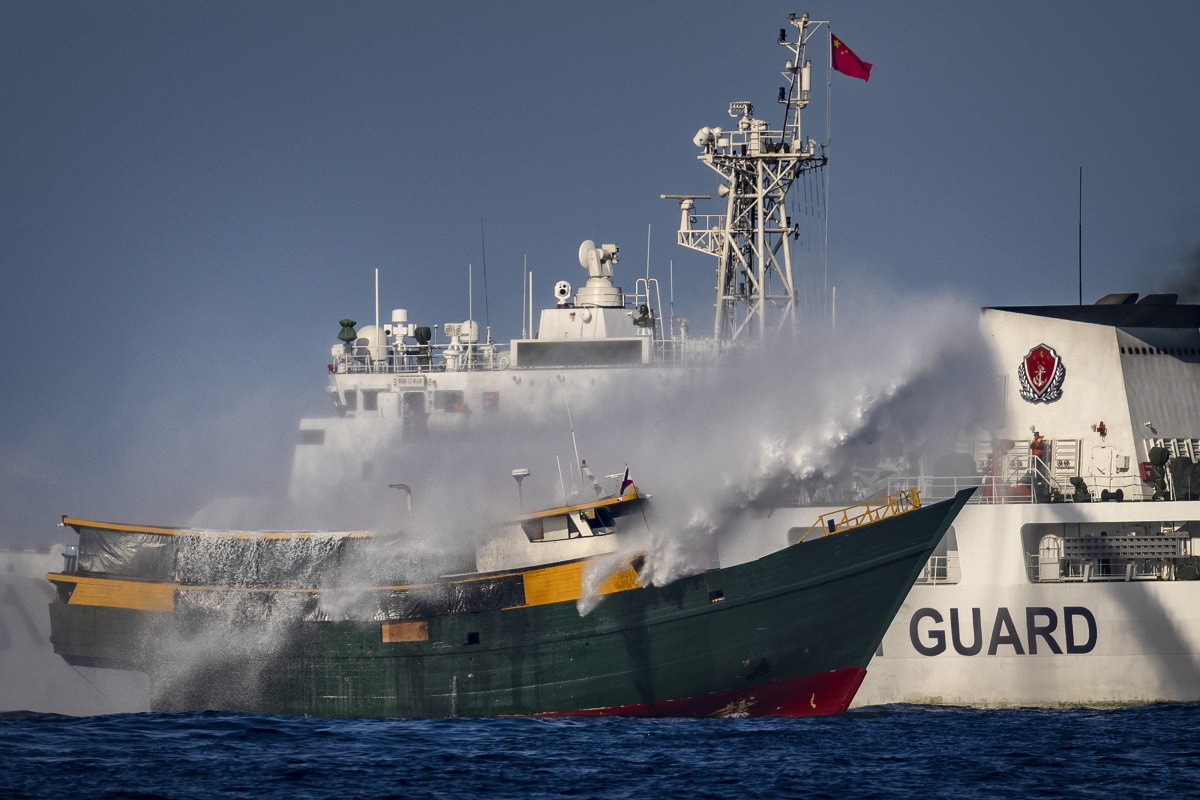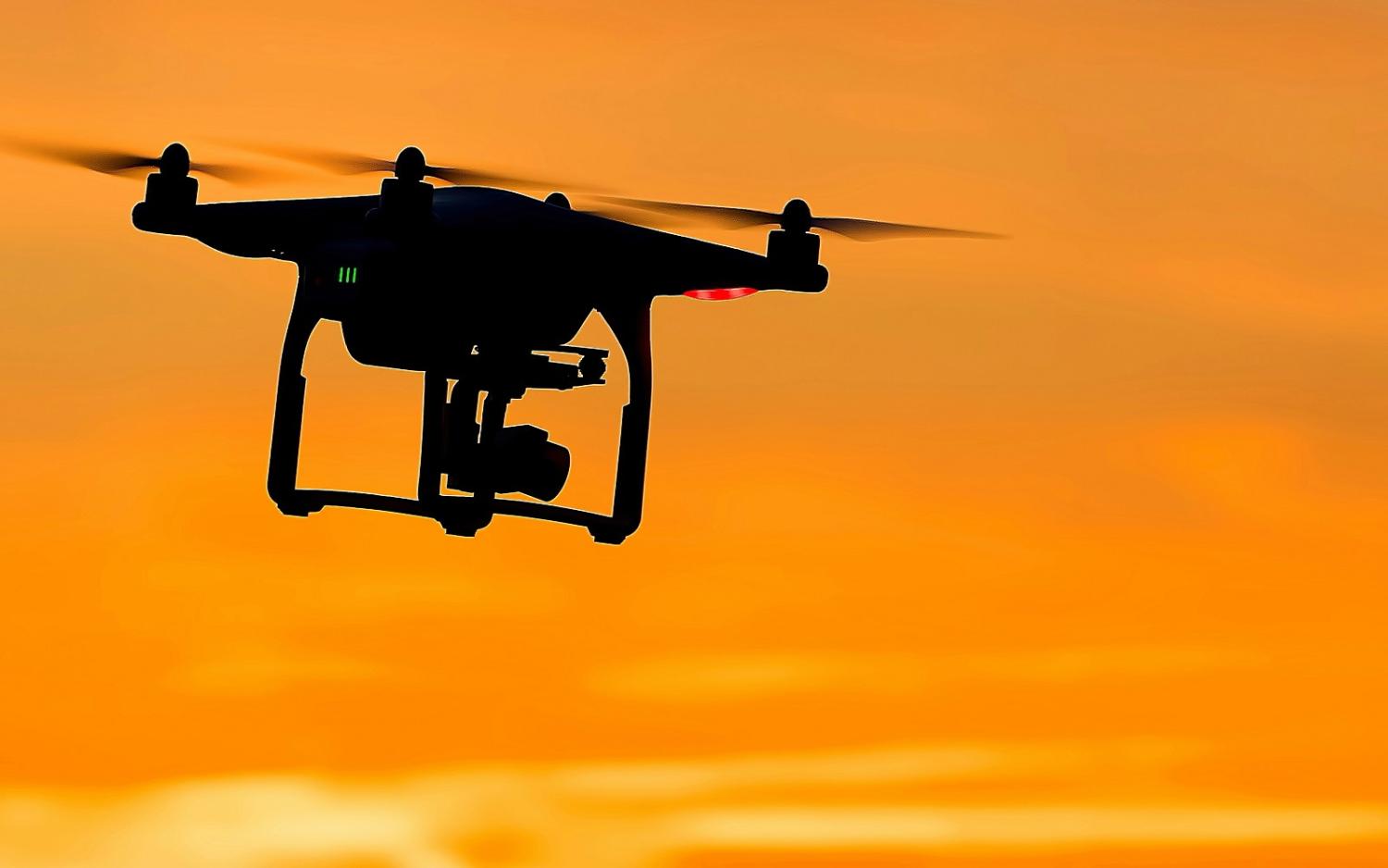ASEAN's new Guide on AI Governance and Ethics, released earlier this year, marks a milestone as the region's first coordinated effort to manage the risks of artificial intelligence. Notably, the voluntary guidelines omit regulations covering AI's military use.
However, this omission should be welcomed, as ASEAN countries could benefit from the integration of AI into their defence systems. While AI can increase the lethality of weapons, it also has numerous non-lethal applications that can promote peace and stability, particularly in the South China Sea. By developing a separate code of conduct tailored to AI's military use, ASEAN member states could harness the technology's potential to promote peace while curtailing its unrestrained and destabilising use.
The integration of AI into defence systems and national security policymaking is an inevitable trend that shows no sign of slowing down. From advanced surveillance and reconnaissance to autonomous weapons systems, AI is poised to revolutionise the way nations defend their interests and engage in conflict. Great powers are investing heavily in AI-supported military technologies, recognising the tactical and strategic advantages they offer in terms of speed, precision, and decision-making, both on and off the battlefield. Many are therefore rightly concerned that AI-driven weapons systems could make the use of force more appealing, thereby creating a more precarious security environment.
Yet this is not a foregone conclusion. Military applications of AI do not have to be lethal, nor is it inevitable that they will lead to greater instability and conflict. In fact, AI has the potential to enhance defensive capabilities, improve situational awareness, and reduce the risk of miscalculation.

In the South China Sea, where the risk of armed confrontation persists, AI could play a vital role in bolstering maritime domain awareness and early warning systems. AI-enhanced situational awareness could provide ASEAN nations with a more comprehensive and real-time picture of activities in the South China Sea, enabling them to better detect and respond to grey-zone tactics. For example, AI-powered surveillance systems, such as drones equipped with computer vision algorithms, could automatically identify and track paramilitary boats engaging in aggressive behaviour, such as those firing water cannons against other vessels. This real-time data could be used to quickly alert decision-makers and mobilise appropriate responses, such as deploying coast guard or naval assets to the area to contain and deter further aggression.
Furthermore, AI could help ASEAN policymakers to discern patterns and anticipate potential grey zone challenges well before they occur. By collecting and analysing vast amounts of historical data on vessel movements, as well as other relevant indicators, machine learning models could identify trends and predict future incidents. This predictive intelligence, not achievable without AI, could inform strategic planning and enable proactive measures to counter grey-zone tactics, such as increasing patrols in high-risk areas or engaging in preventive diplomacy.
AI-driven scenario planning tools could also enhance crisis management and de-escalation efforts. By simulating a wide range of realistic grey-zone scenarios, these tools could help decision-makers assess the risks and consequences of different response options. This could support the development of contingency plans and confidence-building measures to prevent misunderstandings and unintended escalation.
While the integration of AI into defence systems can help ASEAN promote regional stability, such military application is not without risks and challenges. The development and deployment of AI-powered systems in the defence domain could lead to an arms race and increased militarisation of the South China Sea, exacerbating tensions and undermining efforts to peacefully resolve disputes. There are also valid concerns about the potential for AI to be used in ways that violate international law or ethical principles, such as through the development of fully autonomous weapons systems that can select and engage targets without meaningful human control.
To mitigate these risks and ensure that the military use of AI aligns with ASEAN's values and interests, it is essential to develop a separate code of conduct specifically tailored to this domain. This code of conduct should narrowly focus on establishing clear, non-controversial guidelines and principles for the responsible development, deployment, and governance of AI in defence applications, while banning high-risk use. It should prioritise transparency, accountability, and human oversight, while also promoting confidence-building measures and cooperative approaches to address shared security challenges.
Through the development of such a framework, ASEAN nations can help to shape the norms and standards that will guide the military use of AI in the region and beyond, ensuring that this transformative technology is harnessed in ways that contribute to peace, stability, and the well-being of all nations.
Main image courtesy of Unsplash user Ricardo Gomez Angel.

